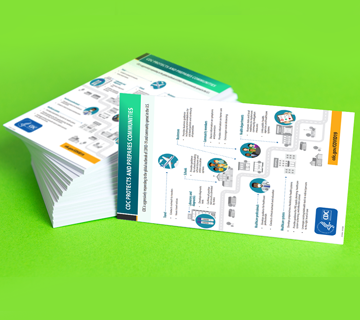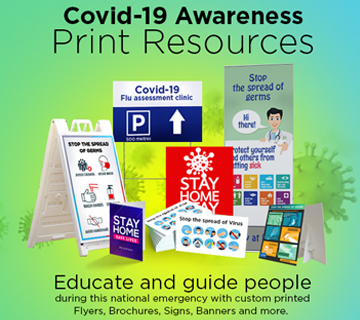
To make an impression in a trade show and increase your visitor count, it is crucial to deploy a booth stand that sets a powerful brand image before the audience. For that, you need to make your trade show display stand out. In this blog, we are going to list some of the top ways […]
Read More




















